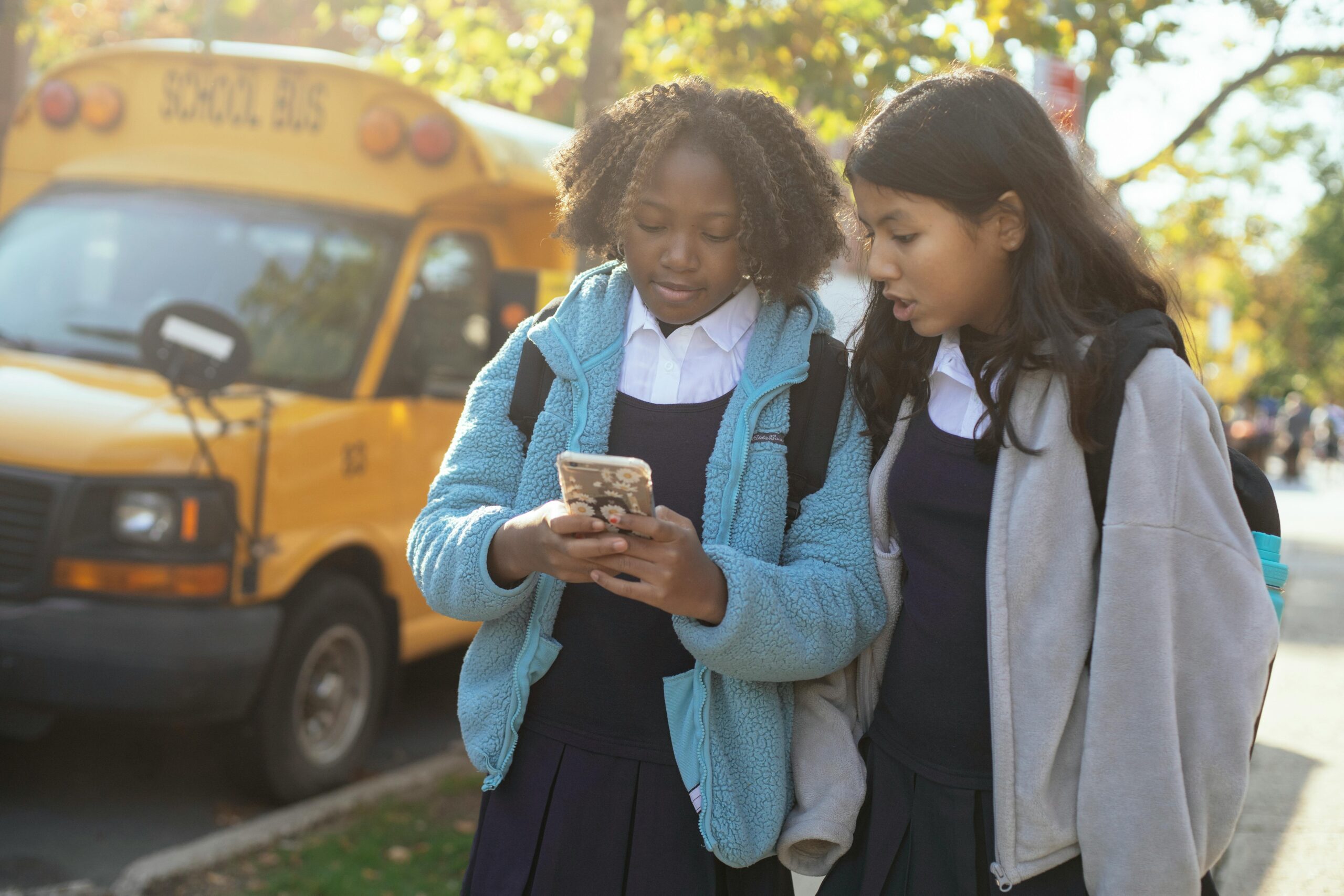UC|CSU Collaborative for Neuroscience, Diversity, and Learning & UCLA Center for the Transformation of Schools team up to support learning for all students
“Strengthening Cellphone Policies to Support Student Learning and Well-Being,” is a collaborative research project of the UC|CSU Collaborative for Neuroscience, Diversity, and Learning and the UCLA Center for the Transformation of Schools and summarizes the latest available research on the effects of cellphone use on learning and wellbeing and explores how cellphone policies vary across the United States. The brief also provides research-based recommendations to guide education leaders in the development and implementation of age-appropriate cellphone policies with clear exceptions for students with disabilities and safeguards to prevent inequitable implementation.

Assistant Project Scientist, California Institute on Law, Neuroscience, and Education, UC|CSU Collaborative for Neuroscience, Diversity, and Learning, UCLA
“As educators, school district leaders and state policymakers take steps to limit or ban cellphone use in schools and classrooms we hope this new brief will serve as an informative resource that increases understanding and furthers effective policies and practices that support learning for all students,” says Kathy Do, Assistant Project Scientist with the UCLA California Institute on Law, Neuroscience, and Education and UC|CSU Collaborative for Neuroscience, Diversity, and Learning, and lead author.
Summarizing the latest available research, the brief highlights the science on how cellphone use impacts learning and well-being, shining a light on key issues, including divided attention in learning environments; the health and well and well-being of young cellphone users; social and emotional development in the digital age; and safety across online and offline environments.
The new brief also explores how national and local school cellphone policies vary across the U.S.—ranging from total bans to restricted or instructional-use-only guidelines–and highlights key implementation differences. The brief also provides an overview of educational policy at the international, federal, state and school district on the use of cellphones in schools.
In its reporting, the brief identifies core policy elements for K-12 education leaders to consider as they develop and implement cellphone policies and practice. Together with Jennie Grammer, Associate Professor in the UCLA School of Education and Information Studies and Faculty Director of the UC|CSU Collaborative for Neuroscience, Diversity, and Learning, and Joseph Bishop, Executive Director of the Center for the Transformation of Schools, the researchers also share perspectives of students, families, educators and others about cellphone policy and strongly encourage their engagement in its development. The brief also offers tips for implementation of effective and safe practices. Importantly, the brief provides research-based recommendations.
“The disconnect between cellphone use in schools and research on ideal conditions for student learning and health must be addressed with urgency,” says Joseph Bishop. “If educators and policymakers are going to ensure student learning, well-being and safety, cellphone policies must go beyond restrictions to educate and support students, address the underlying drivers of cellphone overuse, and ensure consistent, equitable practices across classrooms and campuses.”
“Strengthening Cellphone Policies to Support Student Learning and Well-Being,” is a collaborative research project of the UC|CSU Collaborative for Neuroscience, Diversity, and Learning and the UCLA Center for the Transformation of Schools.
The full brief and an executive summary are available online on the Arraya Learning website here—a resource hub developed by the UC|CSU Collaborative for Neuroscience, Diversity, and Learning—and the UCLA Center for the Transformation of Schools website here.
